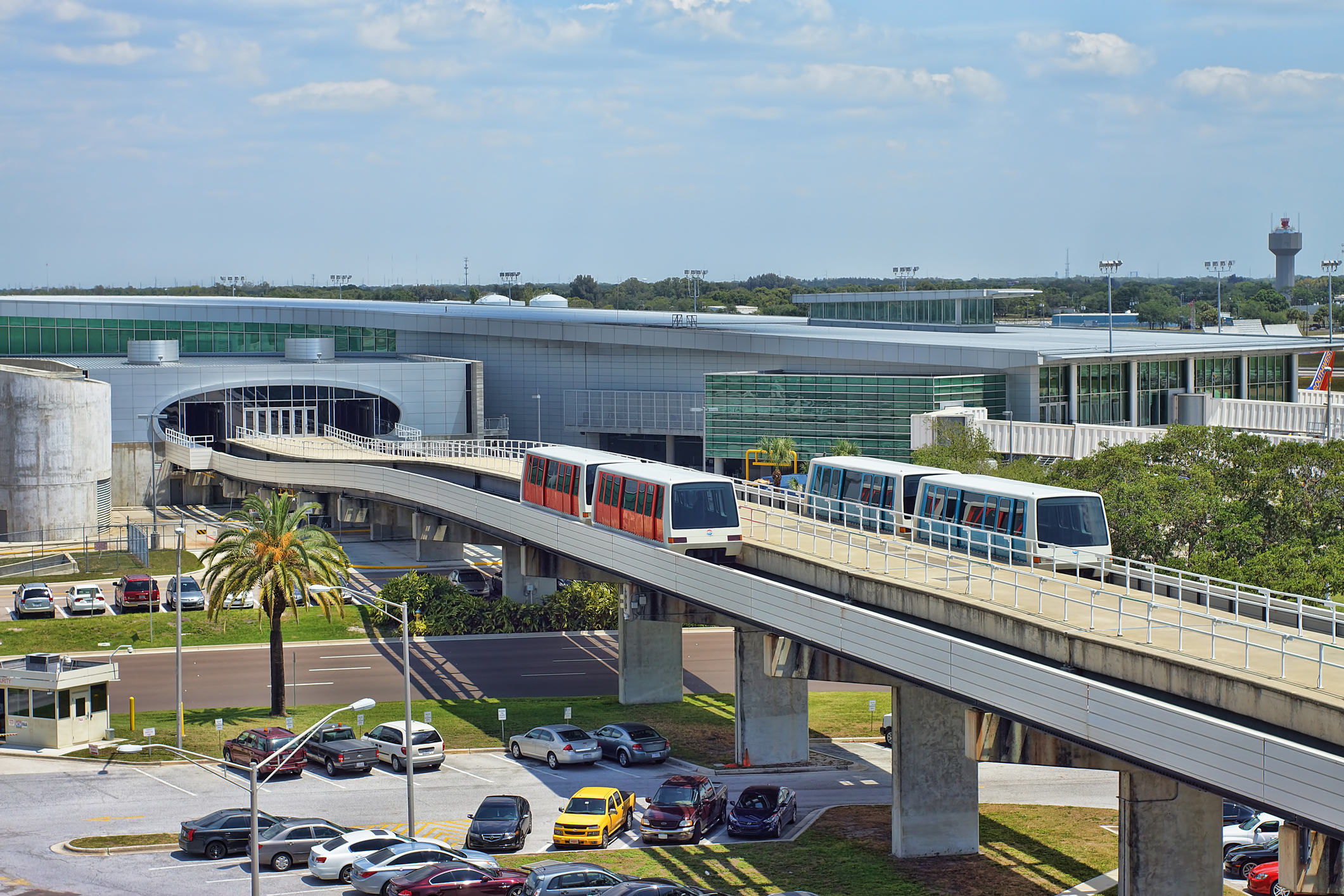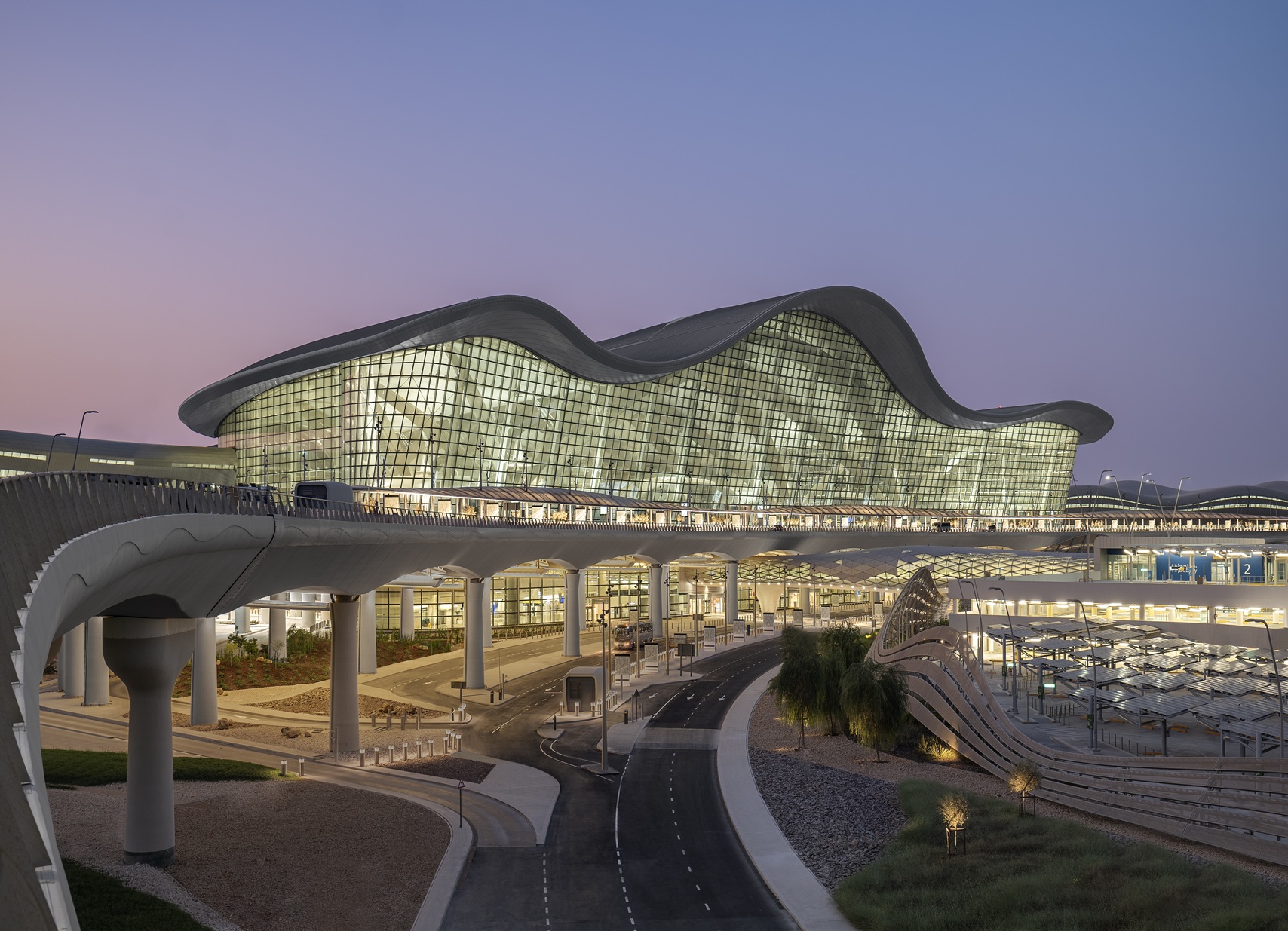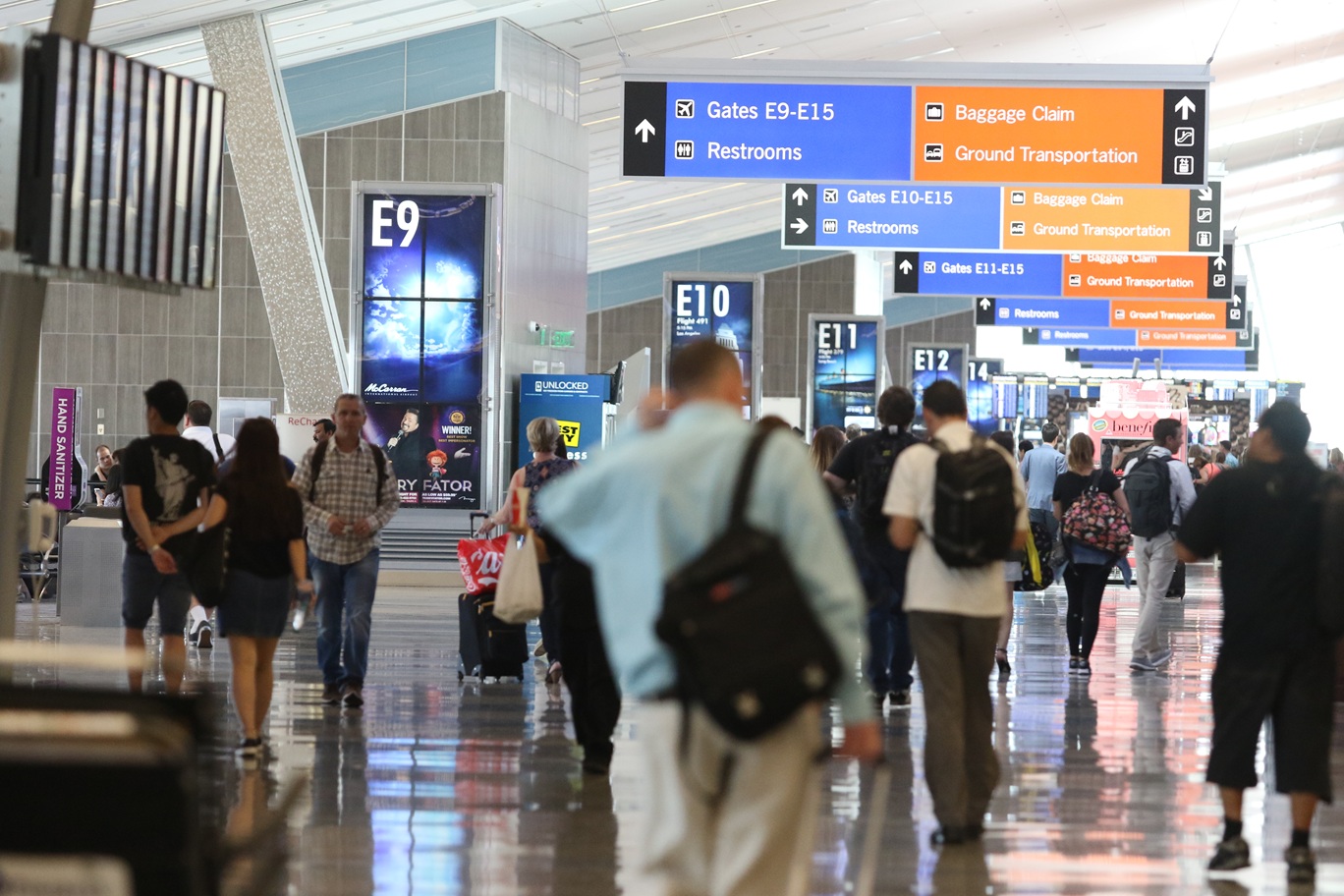Tampa airport begins rollout of LiDAR to enhance safety and operations

July 28, 2025
by
Jonathan Andrews
Tampa International Airport has begun deploying 4D LiDAR sensors across its facilities as part of a wider effort to improve operational awareness, public safety, and passenger experience.
The technology enables real-time spatial monitoring of activity across terminals, roadways, and airside zones—positioning Tampa as one of the largest US airports to adopt this kind of system.
The sensors, installed in July, are part of a project led by Sotereon.AI in partnership with Aeva Technologies. The rollout forms part of a larger spatial intelligence platform designed to provide a more dynamic and privacy-conscious view of airport activity, enabling faster and more informed decision-making.
The system uses frequency modulated continuous wave (FMCW) 4D LiDAR to capture both position and velocity data from people, vehicles, and equipment. Early use cases being explored atTampa include detecting unauthorised access to parking infrastructure, real-time traffic optimisation, threat detection at checkpoints, and monitoring of safety hazards on the tarmac.
“By combining Aeva’s technology with our spatial intelligence platform, we’re delivering insights to infrastructure operators that weren’t possible before,” said Patrick Blattner, CEO and Co-Founder of Sotereon.AI.
According to the project team, the aim is to support safer, more efficient airport environments by replacing or augmenting legacy systems such as cameras and manual tracking. The sensors are capable of detecting incidents without requiring identification or detailed imagery of individuals, helping to meet growing privacy standards.
Airside monitoring is another focus. The system can track ground vehicles and equipment, and detect when personnel enter restricted zones, such as areas near jet engines, where safety risks are heightened.
The initiative builds on earlier deployments at other major airports and positions Tampa as a testbed for scalable LiDAR-based systems that could be replicated across transit hubs across the US.
Image: Tony Bosse | Dreamstime.com






